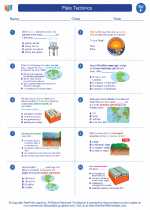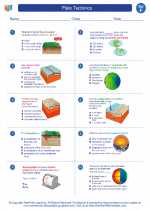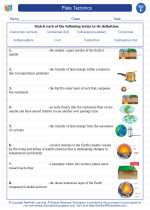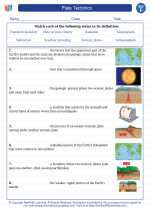Tsunamis
A tsunami is a series of ocean waves with very long wavelengths (typically hundreds of kilometers) caused by large-scale disturbances of the ocean, such as earthquakes, volcanic eruptions, or underwater landslides. Tsunamis can travel across entire ocean basins, and when they reach shallow coastal waters, they can grow in height and cause widespread destruction.
Causes of Tsunamis
Tsunamis can be caused by a variety of natural events, including:
- Earthquakes: The most common cause of tsunamis, where the seafloor shifts during an underwater earthquake, displacing a large volume of water.
- Volcanic Eruptions: The sudden release of volcanic material, such as an underwater landslide, can displace water and generate a tsunami.
- Underwater Landslides: Mass movements of sediment or rock on the seafloor can create tsunamis.
Tsunami Formation and Characteristics
When a tsunami is generated, it forms a series of waves that travel outward in all directions from the source area. These waves can travel at speeds of up to 500-600 miles per hour in deep ocean water, but their amplitudes (heights) are often less than a meter, making them difficult to detect in deep water.
As the waves approach shallow coastal areas, the water gets shallower, causing the waves to slow down and increase in height. This can result in devastating waves that inundate coastlines and cause widespread damage to coastal communities.
Study Guide for Tsunamis
When studying tsunamis, it's important to understand the following key points:
- Describe the causes of tsunamis and the natural events that can generate them.
- Explain the process of tsunami formation and how the waves behave in deep ocean water versus shallow coastal areas.
- Discuss the impact of tsunamis on coastal communities and the measures that can be taken to mitigate their effects.
- Compare and contrast tsunamis with other ocean-related phenomena, such as tidal waves and storm surges.
By understanding the science behind tsunamis and their potential impact, we can better prepare for and respond to these natural hazards.
.◂Science Worksheets and Study Guides Sixth Grade. Plate Tectonics

 Worksheet/Answer key
Worksheet/Answer key
 Worksheet/Answer key
Worksheet/Answer key
 Vocabulary/Answer key
Vocabulary/Answer key
 Vocabulary/Answer key
Vocabulary/Answer key
 Vocabulary/Answer key
Vocabulary/Answer key
 Vocabulary/Answer key
Vocabulary/Answer key
